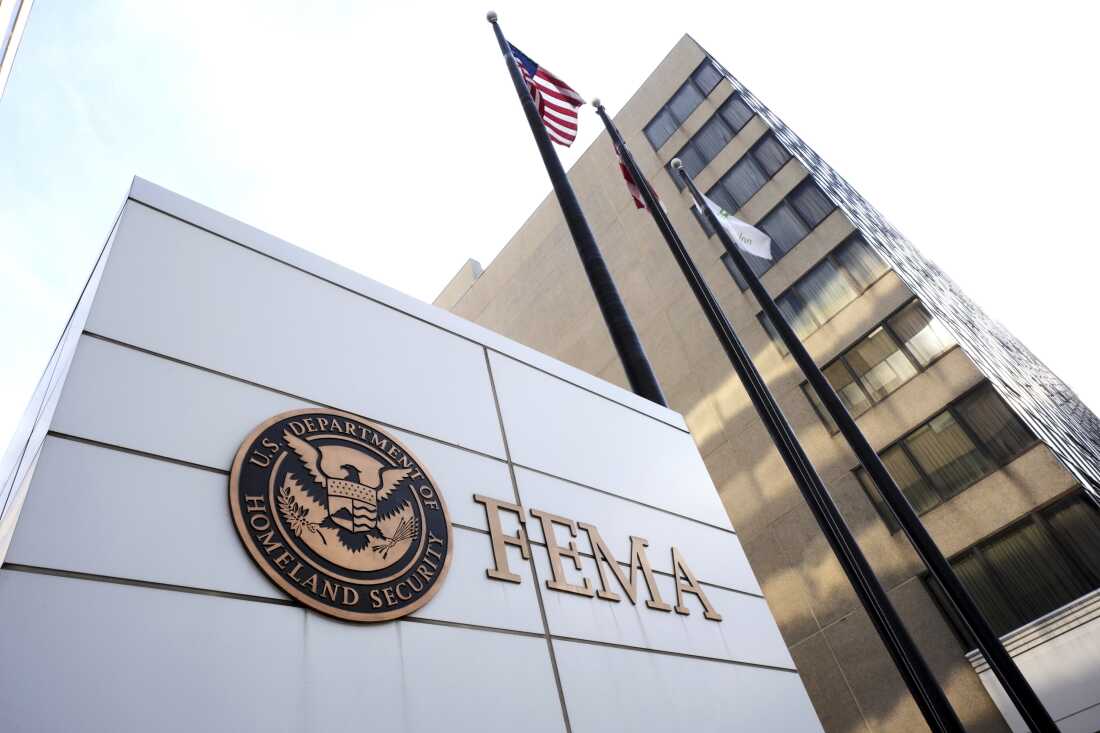Former President Donald Trump has once again made headlines with a bold announcement: the United States government will acquire a 10% stake in Intel, the struggling American semiconductor giant. Framing the deal as a triumph for American industry and technological independence, Trump hailed the move as a turning point for the nation’s competitiveness against China and other global rivals. Whether this proves to be a shrewd economic maneuver or a costly gamble remains to be seen, but the implications for U.S. technology policy and geopolitics are enormous.
The Context: Intel’s Fall from Grace
For decades, Intel was the undisputed leader of the semiconductor industry. Known for its dominance in computer processors, the company was once considered untouchable. But in recent years, Intel has struggled. Competitors such as Taiwan Semiconductor Manufacturing Company (TSMC) and South Korea’s Samsung have overtaken it in producing the most advanced chips. Meanwhile, American companies like Apple and AMD have turned to outsourcing manufacturing to Asia rather than relying on Intel’s foundries.
Intel’s decline has raised alarms in Washington. Semiconductors are no longer just consumer products; they are critical infrastructure powering everything from smartphones and electric vehicles to advanced weaponry and artificial intelligence systems. America’s reliance on overseas manufacturers, particularly in Taiwan—a region under constant threat from China—has been viewed as a strategic vulnerability. Intel, once a source of national pride, became a symbol of decline.
Trump’s Framing of the Deal
In a press conference announcing the agreement, Trump used his characteristic bombast to present the deal as a historic win. “For too long, we let our greatest companies fall behind while foreign nations stole our jobs and our future,” he declared. “Now, America owns a piece of Intel, and together we’re going to make it the powerhouse it once was—and more.”
Trump cast the purchase as not merely an investment, but a reclamation of American industrial strength. He suggested that the government stake would ensure Intel prioritizes U.S. interests, secure domestic chip manufacturing, and create jobs in states that once served as hubs of heavy industry but have struggled in the 21st century.
A National Security Rationale
Supporters of the move argue that the deal makes sense from a national security perspective. The United States cannot afford to fall behind in semiconductor production when rival powers are rapidly advancing. China has been pouring billions into its domestic semiconductor industry, aiming to reduce its reliance on foreign technology. If Taiwan were ever invaded or blockaded, the global supply of advanced chips would be in jeopardy—crippling U.S. military and economic capabilities.
By taking a stake in Intel, the U.S. government signals a commitment to revitalizing domestic chip manufacturing. Proponents say this direct involvement could give Intel the capital, stability, and policy backing it needs to catch up with global competitors.
Critics Call It Risky and Unprecedented
However, the decision has sparked controversy. Critics argue that government ownership of private companies is a step toward industrial policy that could backfire. Some economists have warned that political involvement in corporate decision-making could distort priorities, leading Intel to focus on short-term job creation or political wins rather than long-term innovation.
Others point out that Intel’s problems run deeper than funding alone. Years of mismanagement, delays in developing next-generation chips, and difficulty adapting to a fast-changing market have left the company weakened. Simply buying shares may not address these structural challenges. Skeptics fear this could become another costly bailout, with taxpayers shouldering the risks of a company that might never regain its former glory.
Historical Echoes
Trump’s announcement has been compared to historical examples of government involvement in industry. During World War II, the U.S. government partnered closely with manufacturers to build planes, ships, and weapons at unprecedented speed. More recently, the 2008 financial crisis saw Washington taking stakes in banks and automakers to stabilize the economy. Those interventions were temporary, with the government later divesting.
The Intel deal, however, seems less like a crisis-driven rescue and more like a long-term bet. Trump framed it as a “strategic partnership for the 21st century,” suggesting Washington intends to play a role in guiding Intel’s resurgence over many years.
Market Reaction and Global Signals
Initial reactions from the stock market were mixed. Intel’s share price rose on news of government backing, but analysts warned that long-term profitability remains uncertain. Some investors welcomed the injection of confidence, while others questioned whether Intel can realistically regain technological leadership given its lag.
Globally, the move sends a powerful signal. Allies in Europe and Asia may see the U.S. government’s involvement as a call to strengthen their own domestic industries, potentially accelerating a worldwide shift toward techno-nationalism. Meanwhile, China is likely to interpret the deal as part of a broader U.S. strategy to contain its technological ambitions.
What Comes Next
Much will depend on how the partnership is structured. If the U.S. stake in Intel comes with board representation, regulatory advantages, and subsidies for domestic facilities, it could reshape the semiconductor landscape. Trump hinted at new fabs being built in the Midwest and Southwest, promising “tens of thousands of great American jobs.” Whether those promises materialize remains uncertain.
For Intel, the challenge is enormous. Catching up with TSMC and Samsung in advanced chipmaking will require massive investment in research, facilities, and talent. At the same time, Intel must rebuild its reputation with customers who have shifted away in recent years. Government ownership may provide a safety net, but it also places the company under a political microscope.
Conclusion: A Bold Gamble
Trump’s announcement that the U.S. will acquire a 10% stake in Intel represents one of the boldest examples of government intervention in modern American industry. Supporters hail it as a visionary step toward securing national security, jobs, and technological independence. Critics fear it could saddle taxpayers with risk while failing to solve Intel’s core problems.
What is certain is that the decision reflects a new era in the global technology race—one where governments are no longer content to watch from the sidelines, but are willing to put their money and political weight directly behind their national champions. Whether this bet on Intel pays off could define not just the future of one company, but the future of American technological leadership in the 21st century.




